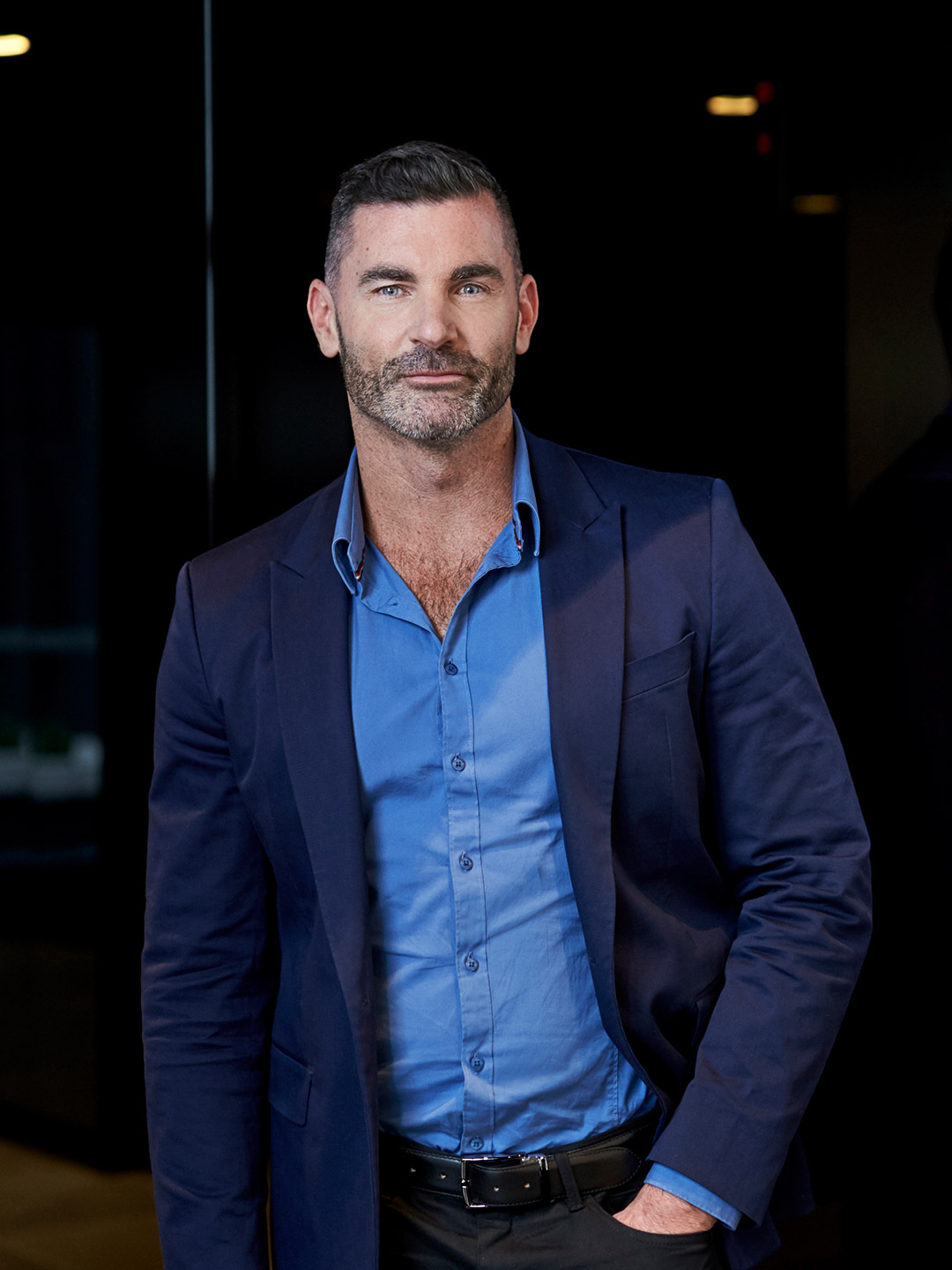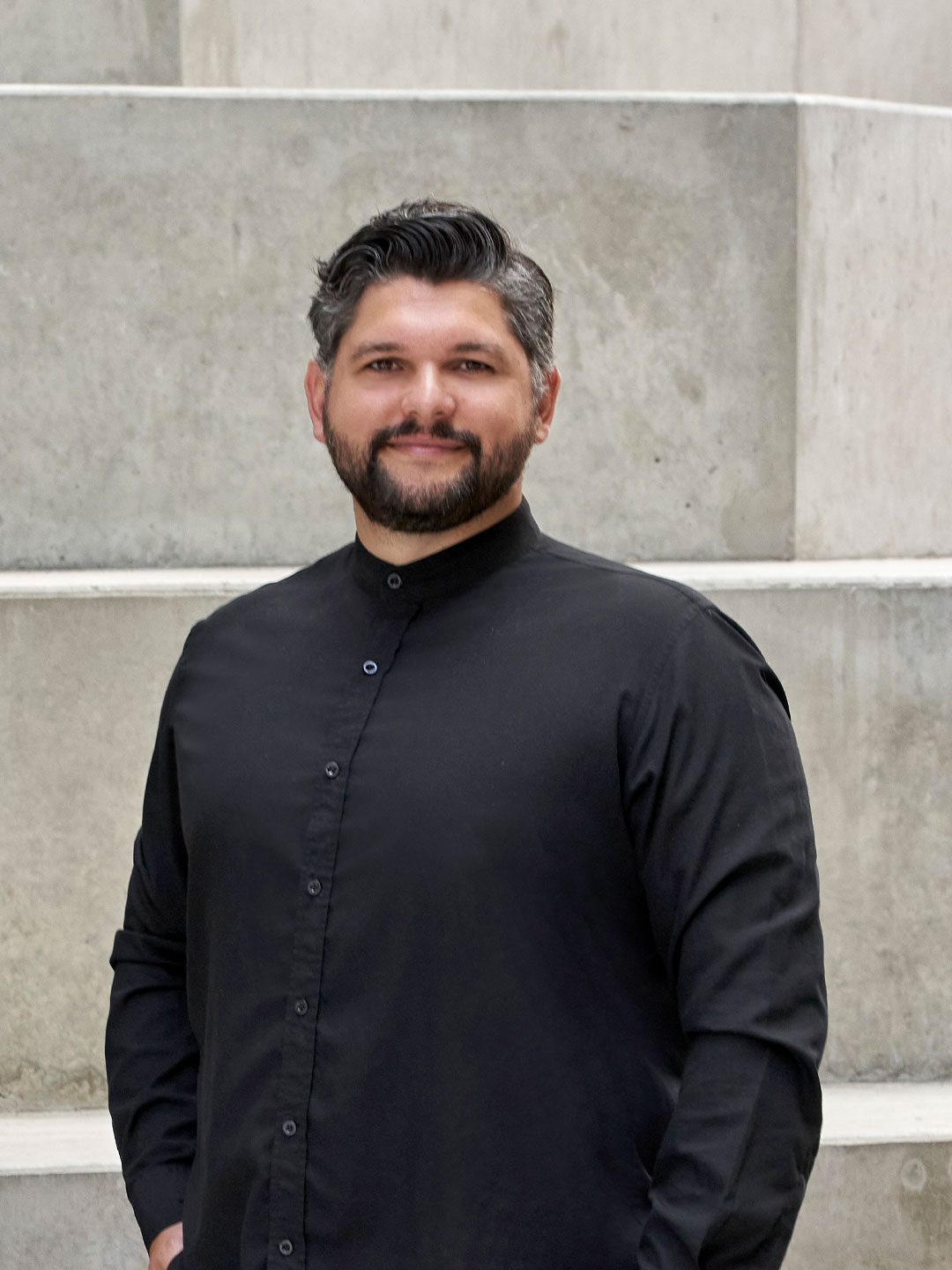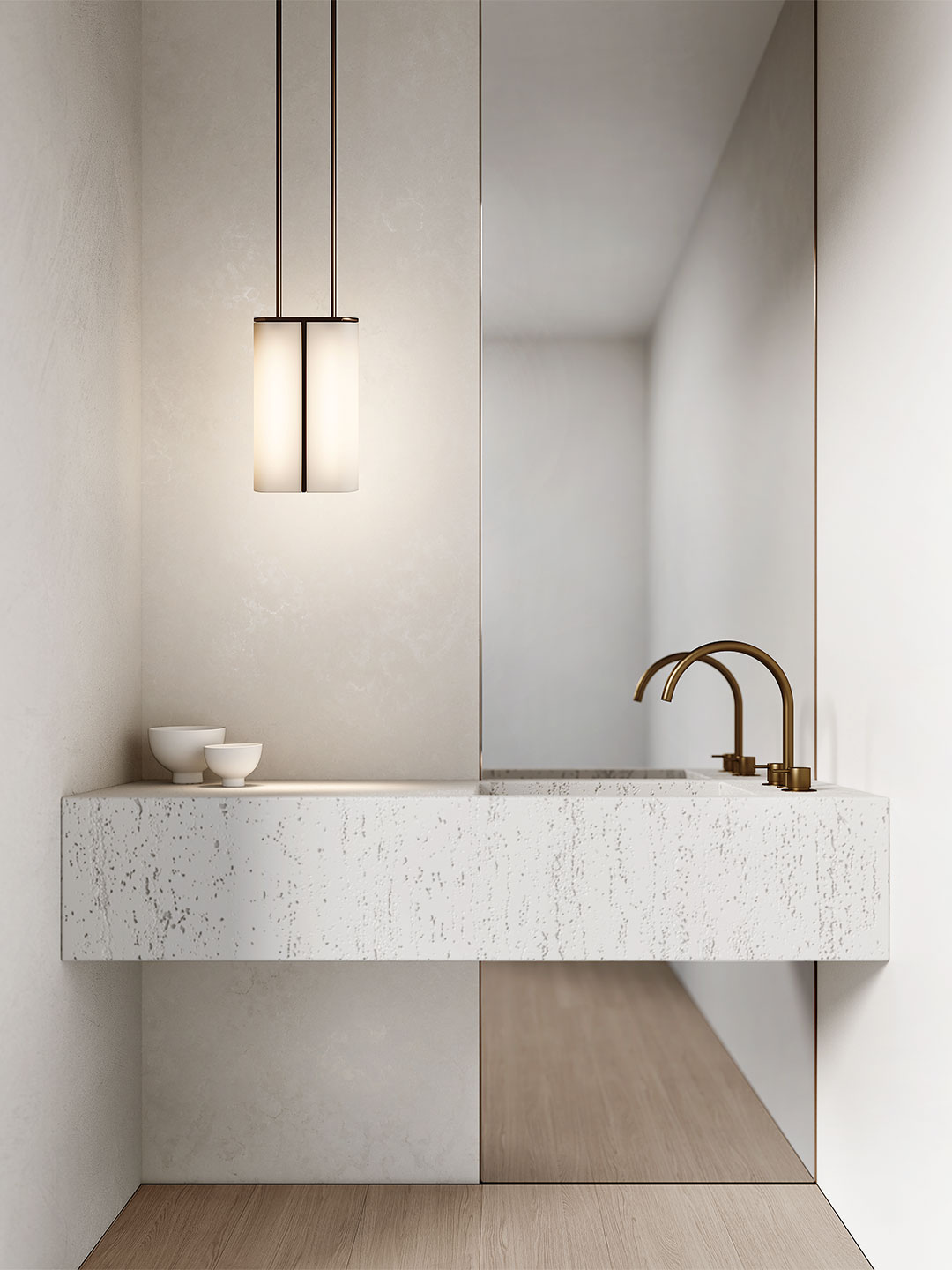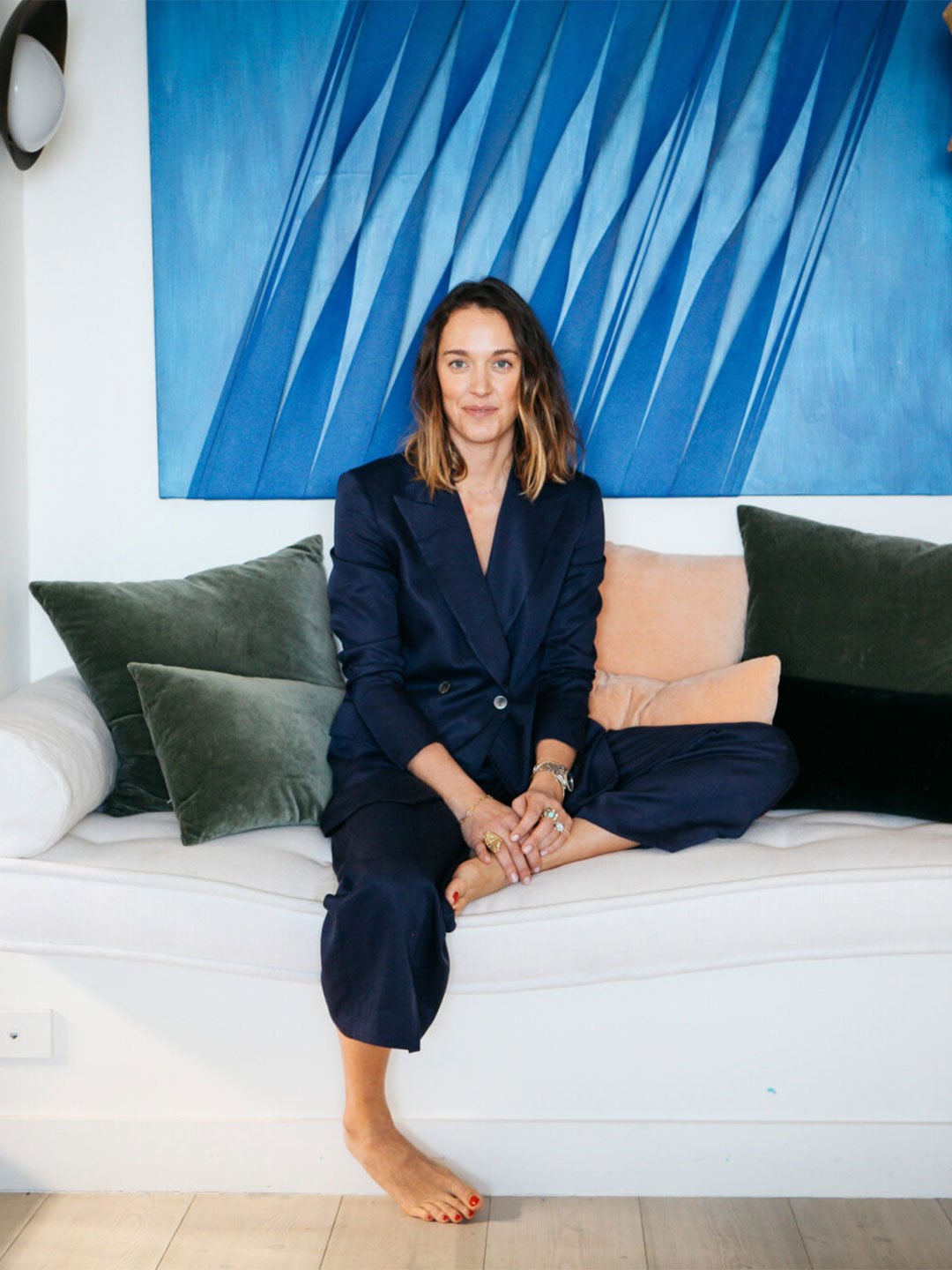Architect Camilla Block is one of three directors at Australian practice Durbach Block Jaggers and holds an Honorary Appointment as Adjunct Professor at the University of Technology in Sydney. Camilla, along with eleven of her colleagues, has worked at Durbach Block Jaggers for a staggering 20-plus years. There must be something in the water!
Fresh from her appearance on episode four of architect speaker series inDETAIL by Brickworks (video above), Camilla Block joined Daily Architecture News for a heartfelt and humorous conversation. Here, she discusses the moment her dad’s unequivocal advice kickstarted her architecture career, the unstoppable drive toward “making one of everything” and how her love of teaching architecture’s next generation is engrained in her DNA.
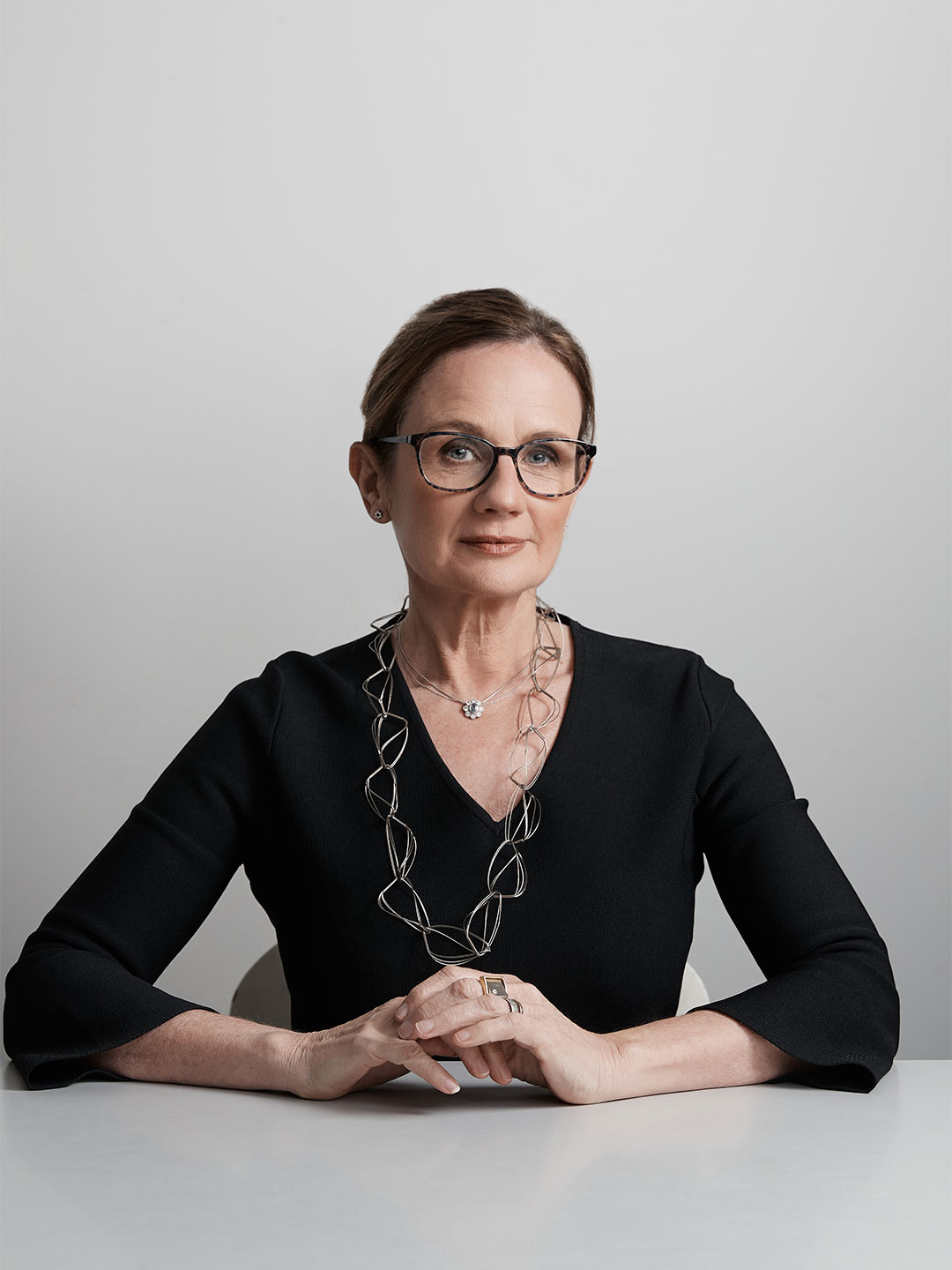
At what point in your life did you realise design was the career for you?
Camilla Block: I think early on you know if you’re a visual person, and I was always the kid that was drawing and colouring and making. I don’t think I necessarily understood what design or architecture was at that point, I just knew I was very interested in making and the visual world.
At school I did quite a lot of art, and when it came time to choose a thing to do, I talked about going to art school. My dad said to me, “one out of three women get divorced – you need a profession,” and so, I started my first year of architecture.
The University of Sydney, in those days, was absolutely mind blowing. It was full of drawing, communications, going on camps, and meeting incredible architects like Sue Rice, Richard Leplastrier and Shelley Indyk.
Meeting these amazing people that were so passionate and in touch with nature and aware of their surroundings was the most beautiful eye-opener about what the world is, and what the world could be.
How did you get your start in the industry?
CB: I was one of Neil Durbach’s students at The University of Sydney, and at the end of my final year one of the people in my group asked him who he was going to give a job to. He replied, “C Block,” not having discussed this with me previously. So, I started working with Neil Durbach almost straight out of university and I’ve never worked anywhere since.
In between university and my job at Durbach, I went back to my home country, South Africa, for a few years. There, I worked for an architect who was very busy, and I was thrown in the deep end immediately. It felt like day one I was handing in my CV and the next day I was running a job onsite – it was very intense.
Being a very artisanal handmade construction industry with simple labour techniques, you could make things with the builder in a very organic, open-ended way.
How would you describe the design ethos of Durbach Block Jaggers Architecture?
CB: We are interested in always making new, and thinking from first principals. We don’t have a style, or pre-conceived way of doing things – we are very interested in making one of everything, in a way. That’s not to say our buildings aren’t related, there is a kind of familiar resemblance, but what’s exciting for us is to never feel settled. We’re always testing.
My dad said to me, “one out of three women get divorced – you need a profession,” and so, I started my first year of architecture.
You were instrumental in creating a new registration process for architects. How has the new national pathway to registration aided architects, particularly women, who were previously unregistered?
CB: Mid-career registration was there when I started out as an architect, where after ten years of working as an architect you could do a different registration process. However, when I got to nine years, they canned it, and so I just never got registered.
While I don’t think its gender specific, I do think women have interrupted careers to have children, which was certainly the case for me. When you have a very demanding small practice and very demanding small children, you don’t necessarily have time to study at night and take exams and log your work.
So, it felt very onerous, particularly for people who had been working in the industry for over ten years. I personally had been working in the industry for 20 years before I tried to advocate for the re-introduction of mid-career registration.
I like the fact that it wasn’t actually focussed on gender equality; it focussed on a kind of amnesty and generosity to let people in, and by default it captured a lot of women that had fallen through the cracks. It became a kind of leveller, in a way, because women are the ones that so commonly interrupt their careers to have kids.
Is mentoring and educating up-and-coming architects something you’ve always wanted to do?
CB: I come from a long line of teachers, and after finishing university I was teaching first thing the next year, so I’ve always loved the teaching aspect of architecture. I love the studio atmosphere and the way that teaching students to think about their projects encourages a kind of agility and curiosity in your own thinking.
Teaching has always been something I loved doing and I would love to do more of it. In terms of mentoring, it is a less direct of a role, in the way I mentor the people in my office, but it is a key part of what we do. A lot of it is by example also – it’s about being the kind of architect others can aspire to be.
What is the most rewarding part of your job?
CB: I am never, ever bored. I am sometimes way out of my comfort zone, but I’m always excited about the next thing. I also love the people I work with – I think one of the things that comes from a long working relationship with Neil (Durbach) and David (Jaggers) is the longevity of that relationship. It’s like good soup – it gets better with age.
Get the latest in design news and architecture events at Daily Architecture News. Subscribe to the newsletter today!
Parts of this article also appear on the Brickworks Design Channel.


